The brain is kept alive and connected through our senses, starting with the first laugh of a baby, and the silent smile of an older person when listening to music.
All the sounds, touches, and light rays are transformed into information to the nervous system. These are small events in which we are molded to a sense of safety, alertness, and emotional involvement with the surrounding world.
In the present times, neuroscience is assisting us in viewing sensory stimulation not only as a form of therapy or play, but as a neural nourishment. Sensory stimulation activities either in the case of babies or in the case of the elderly, every instance of sensory activity is capable of initiating new pathways in the brain- increasing calmness, concentration, and connection.
Neuroscience of Sensory Stimulation
The five senses, sight, sound, touch, taste and smell help stimulate the brain by the use of sensory stimulation. Neurons communicate and fire every time we experience sensory input and build stronger neural connections.
This aids in the development of new neural connections, in infants, in the neural circuitry of emotional regulation, language and learning.
Sensory involvement in older people is beneficial to maintain cognitive flexibility, memory, and emotional wellbeing.
Scientific studies reveal that with different and significant sensory stimulation to the brain, neurotransmitters such as dopamine and serotonin are released, which improves the mood and attention. It also promotes neuroplasticity the innate capacity of the brain to change and restructure throughout any age.
But beyond the biology there is something strongly human in sensory connection.
We feel to comfort, we hear to feel comprehended, we see to know where and when to go. Through these sensory impressions, the brain is reminded- you are present, you are safe you are part of us.
Sensory Stimulation Activities for Babies
The brain at infant age is comparable to wet clay, all the textures, sounds, and colors form the framework of future learning. Simple, happy sensory activities assist babies to explore the environment and enhance the sensory-motor connections that underlie coordination, attention and curiosity.
The following are sensory stimulation exercises of babies:
-
Visual Exploration: Visual cortex is stimulated by soft moving patterns of light or moving mobiles which attract attention.
-
Tactile Plays: Provide a range of textures - soft fabrics, sponges, cool surfaces etc. - to achieve sense of touch.
-
Sound and Rhythm: Babies can be made to listen to a parent by gentle music, rattles or voice to adjust to rhythm and sound.
-
Scent Discovery: natural, mild scents such as vanilla or lavender could be soothing and indicate familiarity.
-
It is best to find balance: not to be overwhelmed, to be stimulated. Infants do well in secure sensory exposure in which new experiences come in contact with tranquility.
Also read - How Light and Sound Speak to the Brain
Sensory Stimulation Activities for the Elderly.
Among older adults, sensory stimulation aids in the maintenance of memory, orientation, and emotional comfort, particularly in patients with cognitive impairment or people who are not mobile. Such exercises would alleviate anxiety, activate memories and reconnect by releasing the natural bodily sensory intelligence.
The following are sensory stimulation exercises of elderly:
-
Music Therapy: Playing the well-known music may lead to memories, stabilize mood, and decrease stress.
-
Tactile Engagement: Textured fabrics, clay, or hand massages should be used to ensure contact sensitivity.
-
Aromatherapy: Scent such as rose or citrus activates the limbic system which is the emotional centre of the brain.
-
Visual or Light Therapy: Light patterns-color patterns Can be used to pacify the nervous system, aid in relaxation, and make one more alert.
-
Any sensory signal is a message to the brain - a kind of reminder that experience and connection can be held at any age.
How Light and Sound Technologies Enhance Sensory Engagement
 Modern neuroscience is expanding how we view sensory stimulation.
Modern neuroscience is expanding how we view sensory stimulation.
Technologies like neuroVIZR’s light and sound programs are designed to engage the brain’s natural rhythms using patterned visual and auditory input.
Unlike traditional “entrainment” (which imposes a fixed rhythm), neuroVIZR uses neuroadaptive sensory engagement, gently stimulating the visual and auditory cortex to promote balance, creativity, and calm.
For the elderly, it can support relaxation and focus.
For younger adults or parents, it can help regulate stress and enhance sensory awareness ,improving the quality of daily attention.
Key Takeaway:
-
Sensory stimulation activates neuroplasticity and supports emotional balance at any age.
-
For babies - it builds curiosity and neural growth.
-
For the elderly - it maintains memory, calm, and connection.
-
For everyone - it’s a bridge between awareness and wellbeing.
Transformation
When we use sensory stimulation intentionally, we aren’t just improving focus or memory, we’re rebuilding trust between the body and the brain.
A baby discovers safety through touch.
An elder rediscovers peace through sound or scent.
Across the lifespan, sensory engagement keeps us human. It’s how we know we’re alive, through the simple act of feeling, seeing, and connecting.
FAQ’s
1. What are sensory stimulation activities?
Sensory stimulation activities are experiences that engage one or more of the five senses, touch, sound, sight, smell, or taste to activate the brain and nervous system. These activities help improve focus, emotional balance, and overall cognitive health.
2. How do sensory stimulation activities help the brain?
When we engage the senses, the brain strengthens communication between neural pathways, a process called neuroplasticity. This helps improve memory, mood, and attention while calming the stress response.
3. What are good sensory stimulation activities for the elderly?
Gentle activities like listening to familiar music, using aromatherapy, exploring textures, or light-based relaxation can support memory, orientation, and emotional comfort in elderly individuals.
4. Can sensory stimulation help with stress or sleep?
Yes. Calming sensory input such as rhythmic light patterns, soothing sounds, or gentle touch, can lower stress hormones and support relaxation. Devices like neuroVIZR use light and sound stimulation to help the brain shift into calmer states naturally.
Disclaimer
This article is for educational and informational purposes only.It is not intended as medical advice or a substitute for professional healthcare.Always consult a qualified healthcare provider before beginning any new wellness, sensory, or neurostimulation practice.
References & Sources
Healthline - Sensory Stimulation: Benefits and Activities
Verywell Mind - How Sensory Experiences Shape Brain Development
AgingCare - Sensory Therapy for Dementia and Elderly Wellbeing
Townsend Letter - neuroVIZR: Brain Wellness Through Light and Sound Technology
Research on Neuroplasticity and Sensory Integration from NIH and PubMed studies



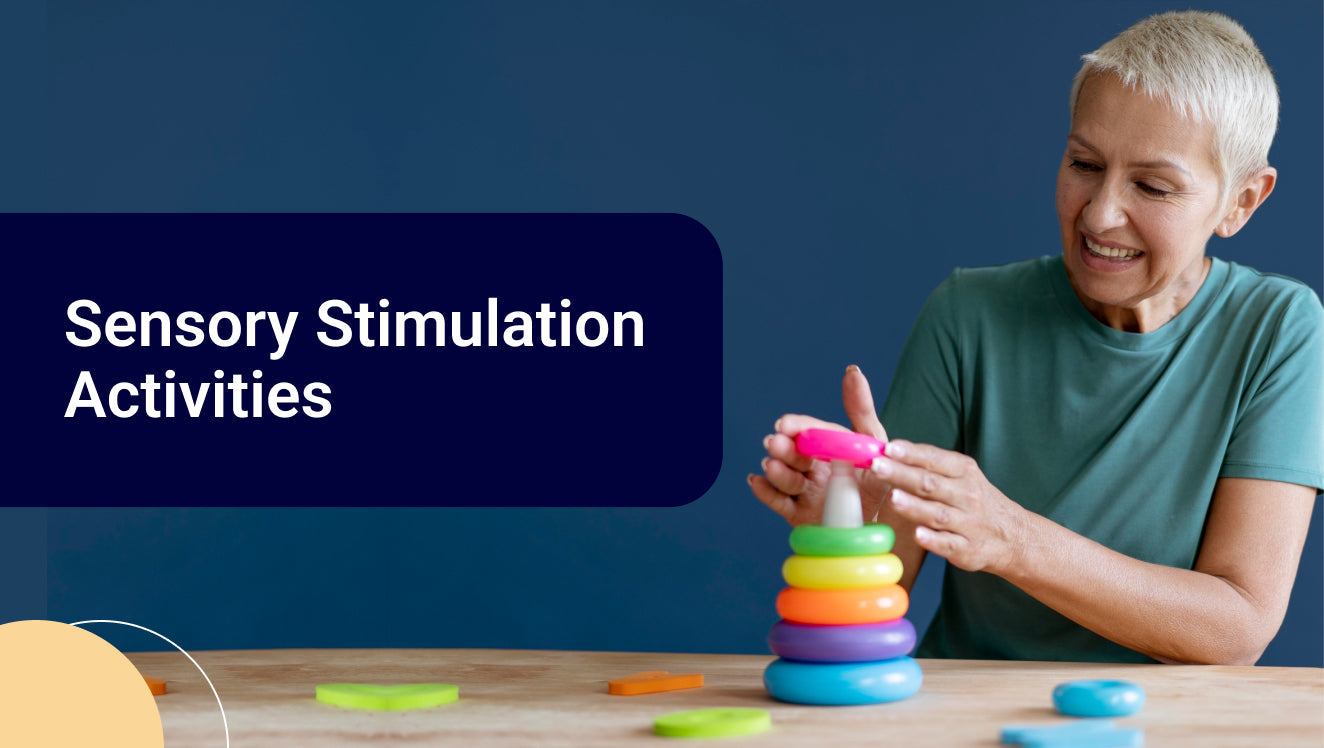

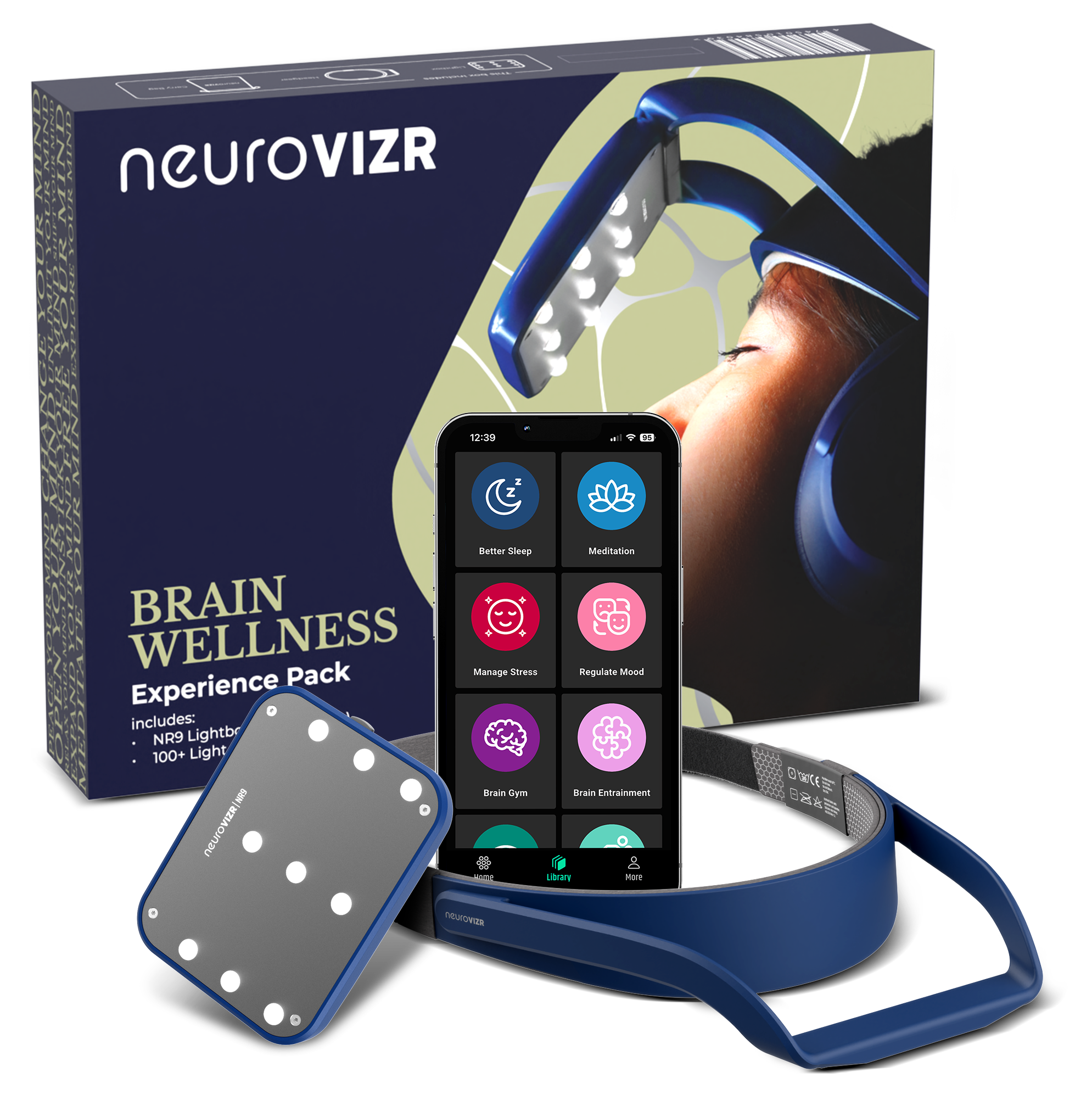

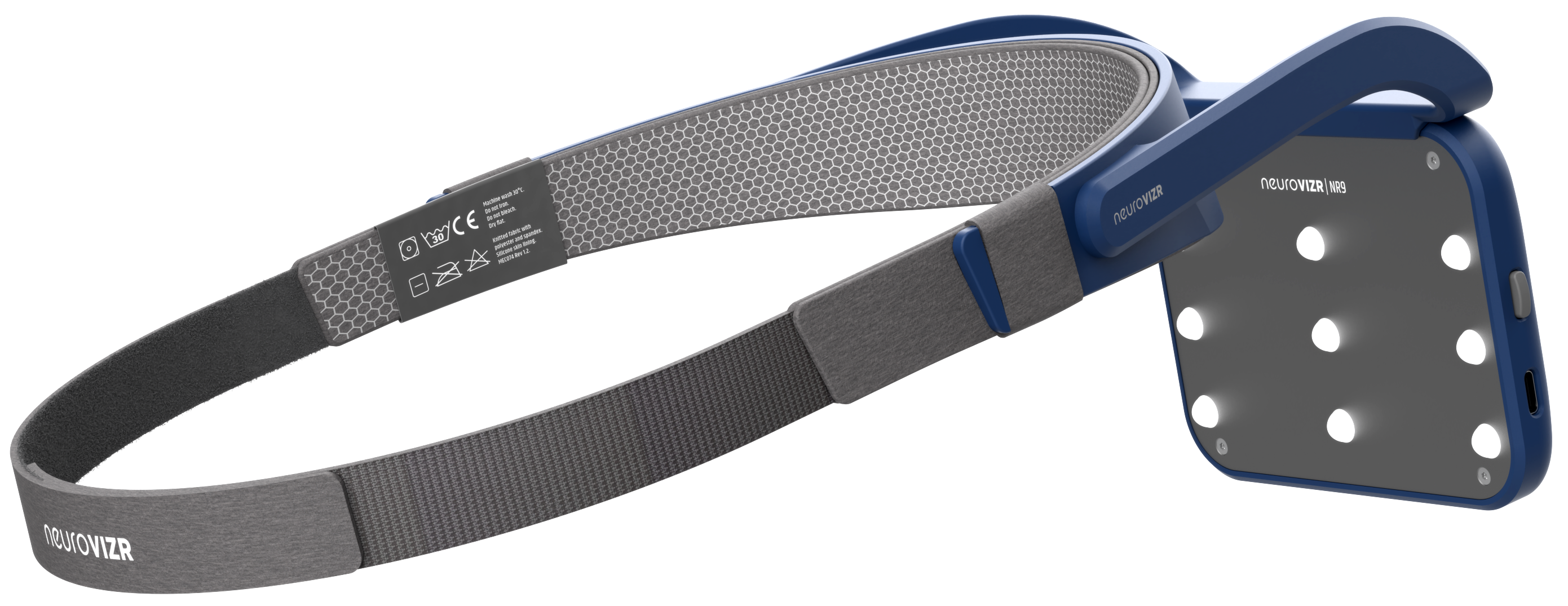
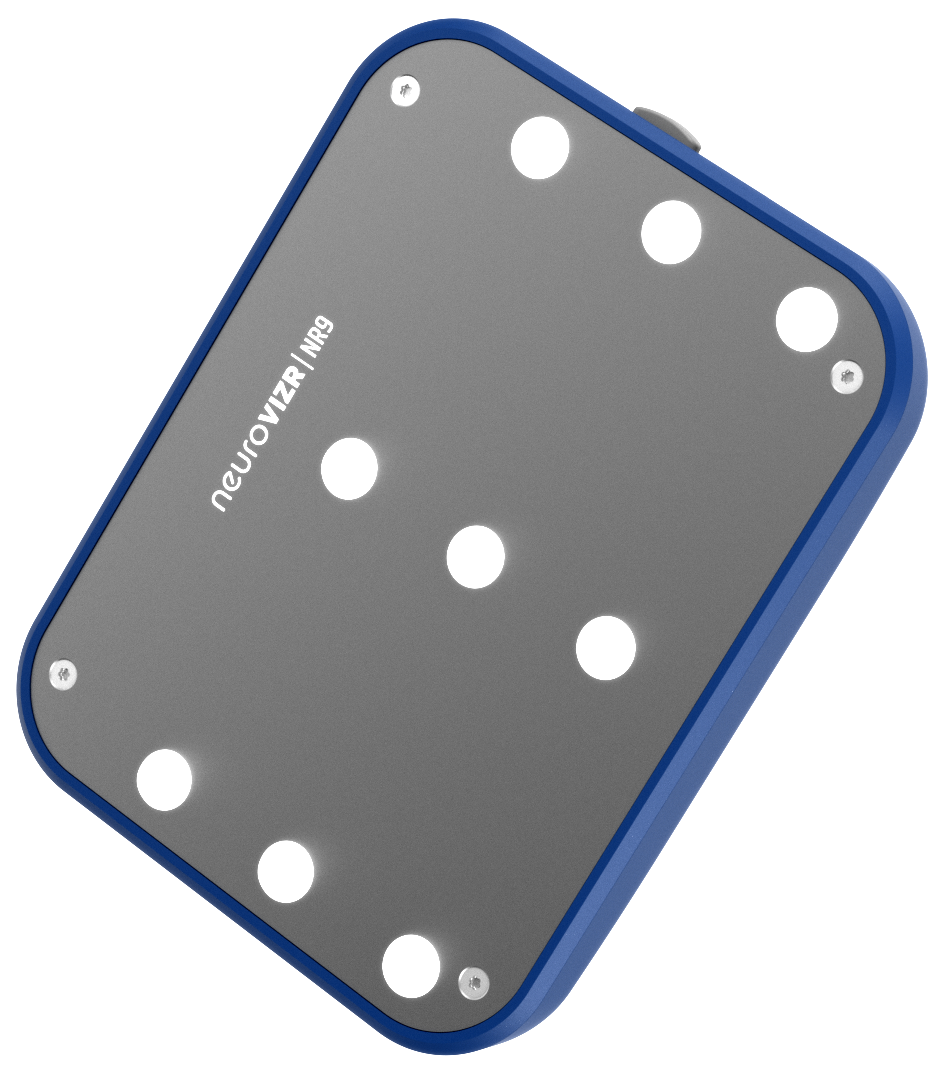

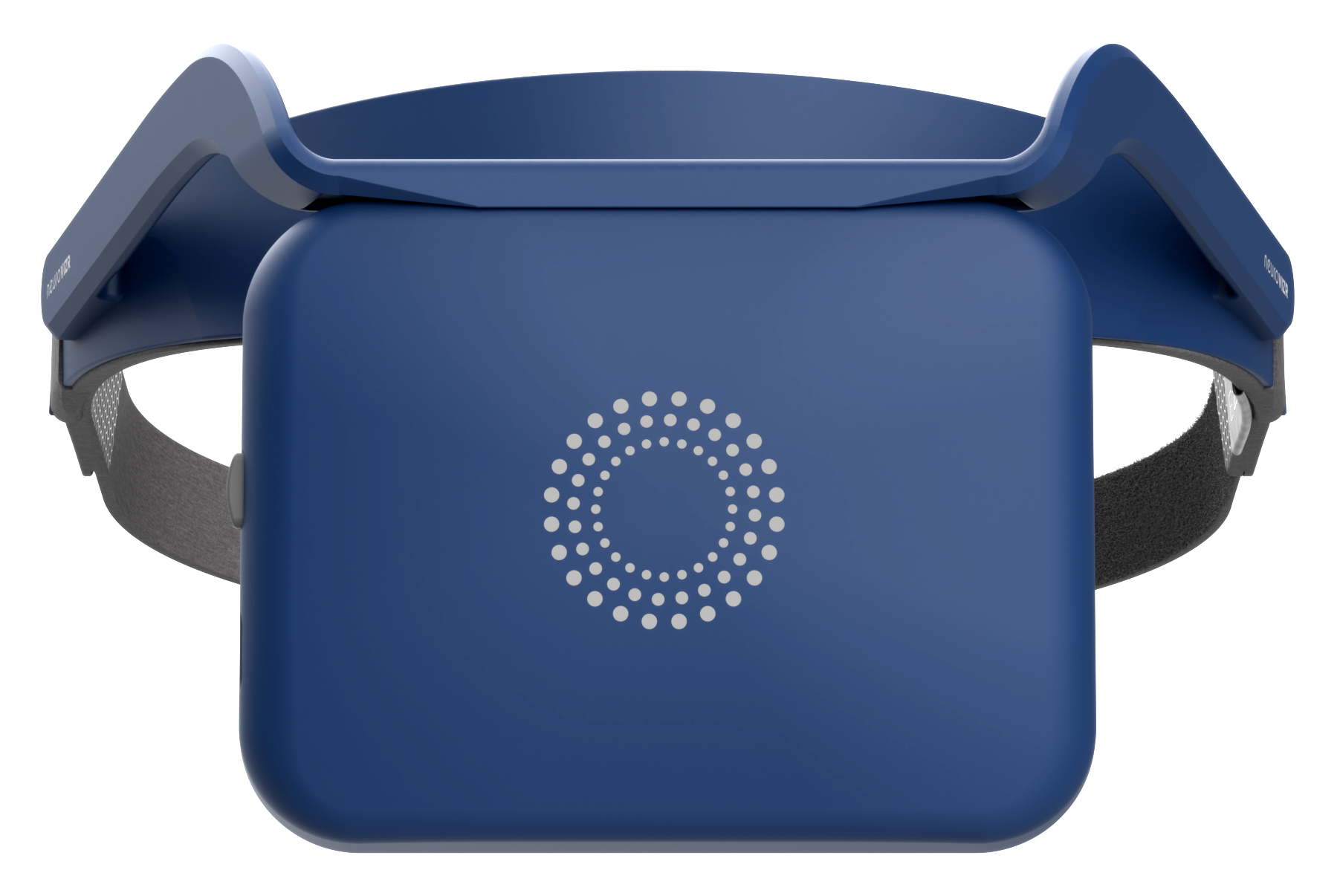


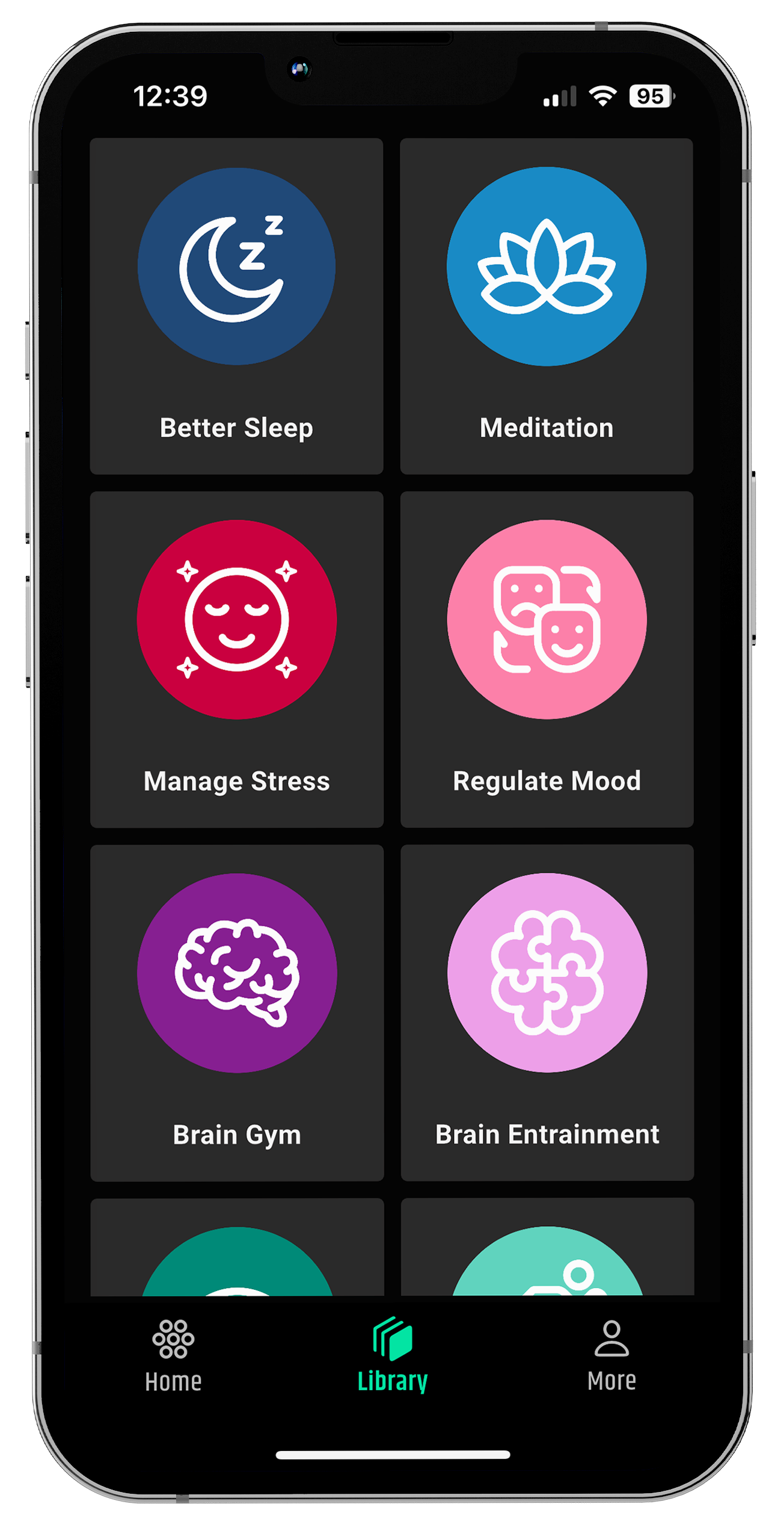
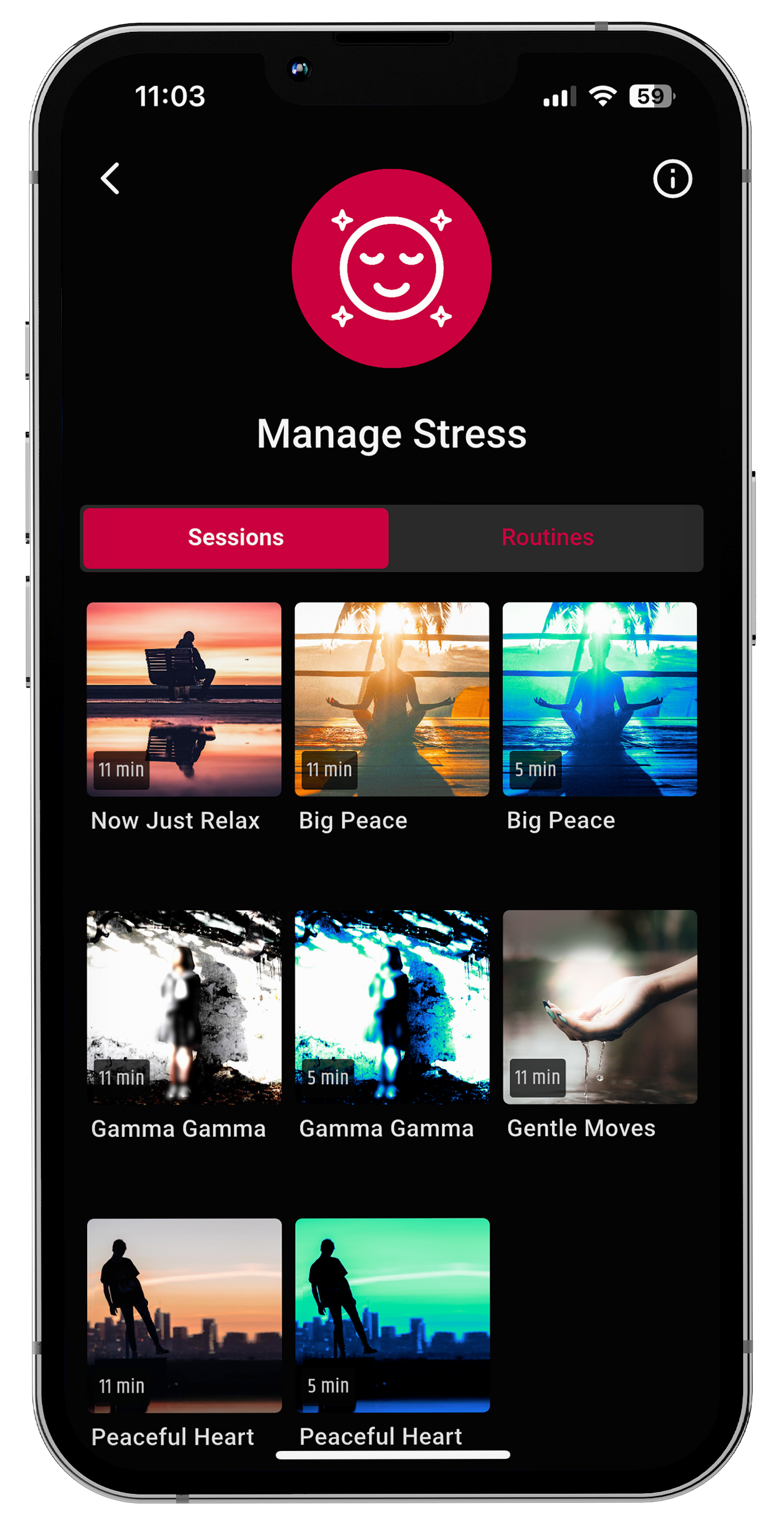
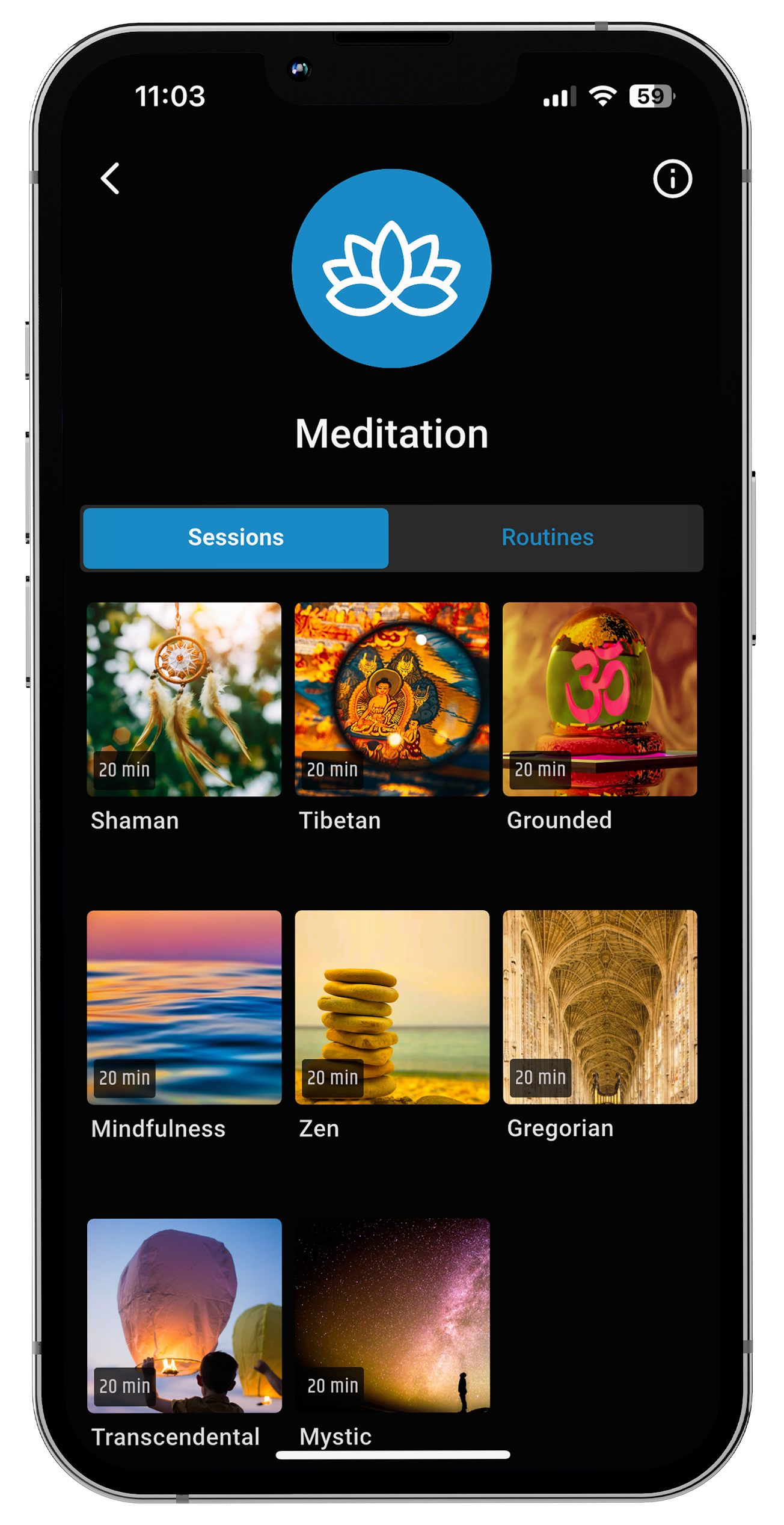
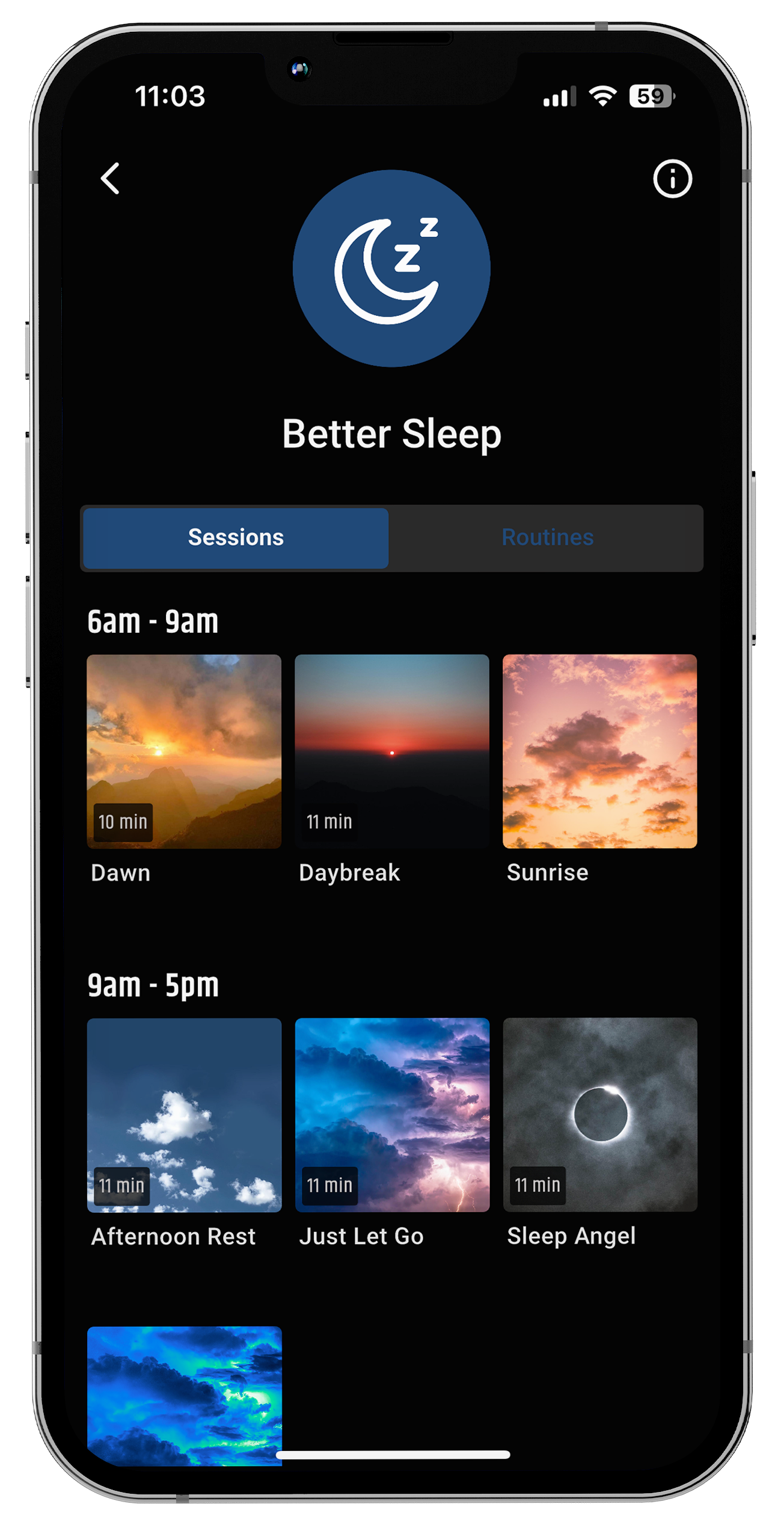
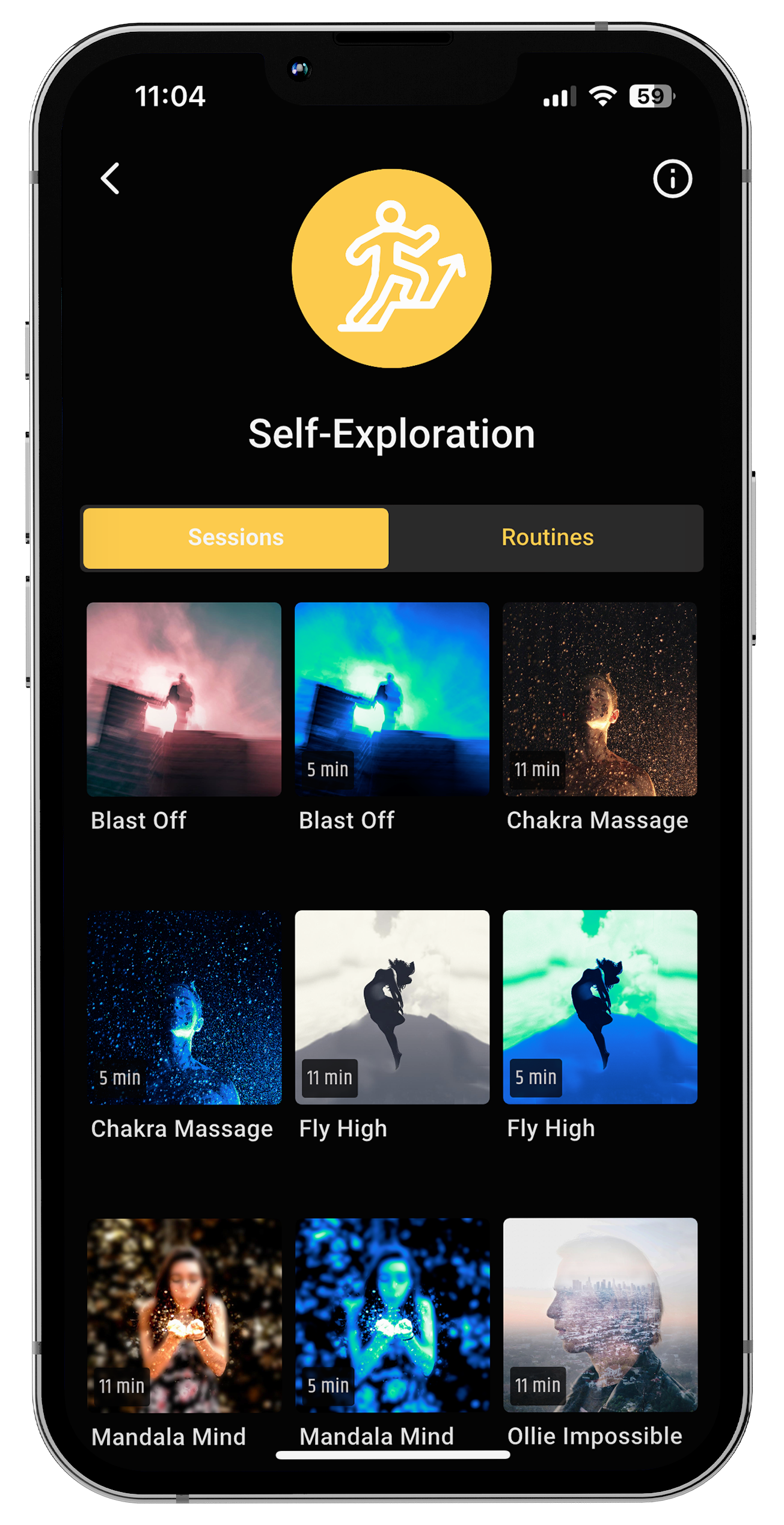



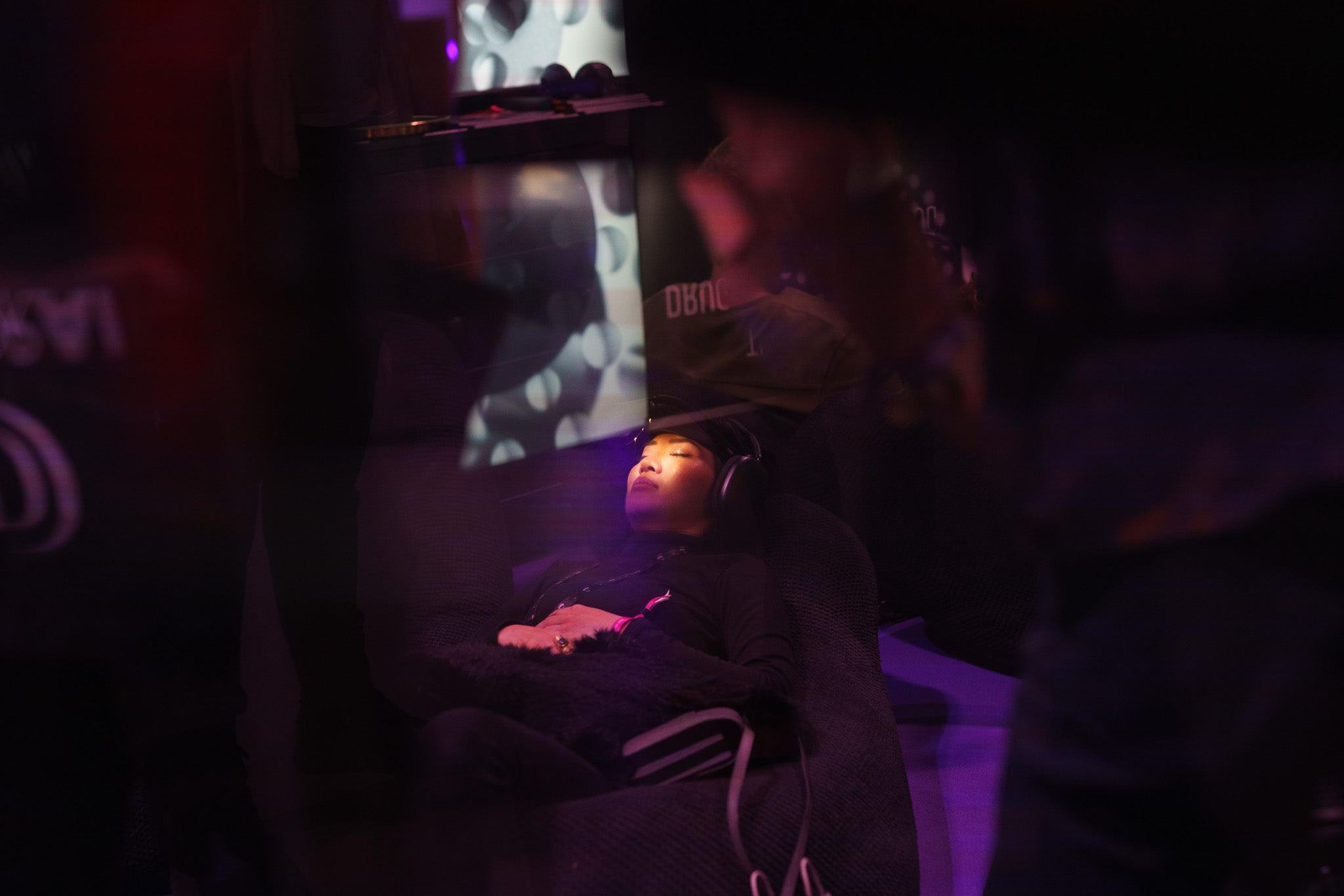




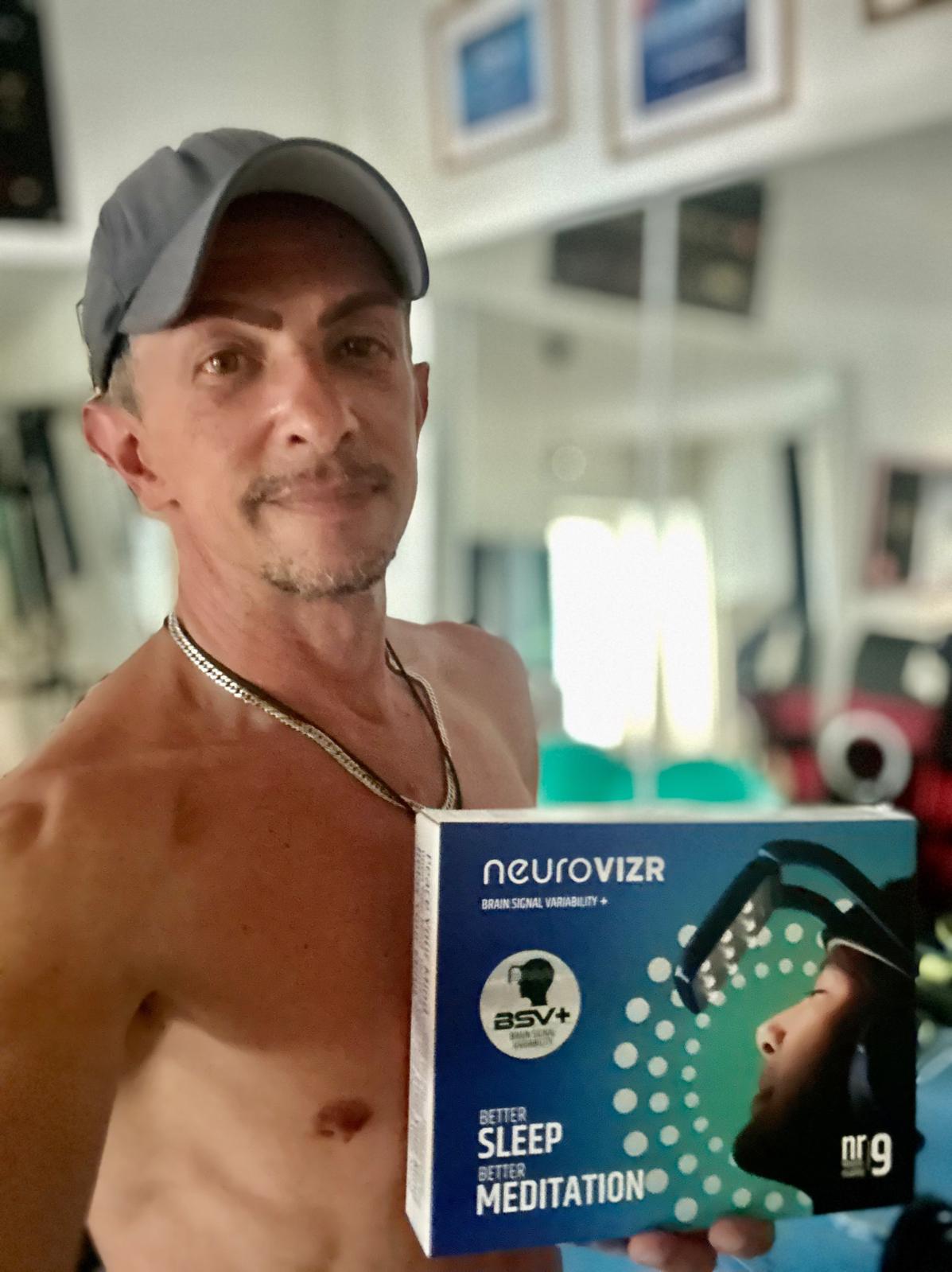
Share:
The Long Game: Neuroplasticity, Resilience and Hope